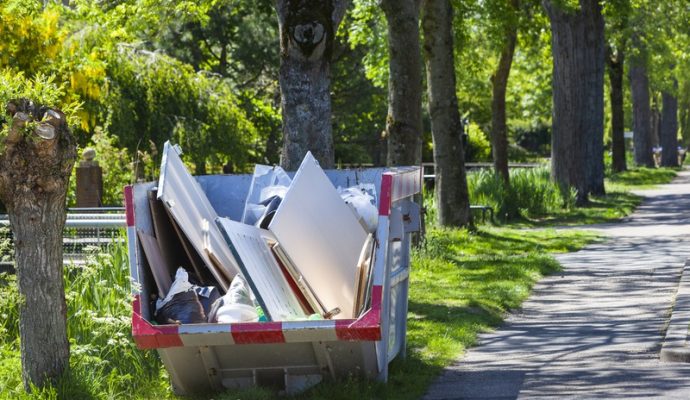Flooded basements are every homeowner’s worst problem. During the stormy season, heavy downpours and extreme flooding can occur. Water pours into the basement through the windows and walls. Because of this, water gathers in the basement, leading to various issues.
Mold growth is one of the most typical issues following basement flooding. It not only makes the place appear and smell dirty, but it also poses a major health hazard. To keep mold away, you must take action within 24 to 48 hours and use the methods below.
What’s the best approach to prevent mold after flooding?
Mold can only be prevented from growing by completely drying the affected area as soon as possible. To do this, here are some steps you can take to keep your basement mold-free after a flood:
Examine Each Room
The initial step is to assess how harmful the mold problem is in your home. Even if the flooding was contained in the basement alone, checking each room for any signs of mold buildup is best. Mold spreads fast. Therefore, you should check each space carefully to minimize the threat as soon as possible.
Quickly Dry Wet Items
Mold thrives in wet and humid environments. So, you should take care of this setting immediately to prevent further mold development and water damage. Dry all the wet items in the basement using dehumidifiers, air conditioners, or fans to speed up the procedure. If there is no electrical power, a generator can be used to run the dehumidifier. Do not allow anything to sit in the water, as that will only worsen the problem.
Remove Wet Carpets
Do you have a carpet installed in your basement? If so, the carpets must be thoroughly soaked by the flood, and you need to get rid of the soggy carpeting promptly. If you don’t pick them up, the mold will definitely spread under the rug and become difficult to remove. As a result, you must remove wet carpeting and have them dried out immediately. If the carpets can be used again, they should be professionally cleaned and disinfected before being put back in place.
Clean Up All Affected Areas
It is a high priority to clean the affected areas to make sure that any contaminants and bacteria will be eliminated from the surrounding environment. That being said, removing the drywall and other parts of the home is often required. If water enters the walls and under the structural framework, it needs to be cleaned and dried to prevent mold development.
Sanitize All Surfaces
After removing all excess moisture content and disinfecting all sources, you can purchase over-the-counter cleaning solutions to eliminate bacteria and the possibility of mold. If you follow these steps, mold growth can be avoided. Unfortunately, preventive measures don’t always work, so if you detect any indications of mold growth despite doing something about it, you should contact an expert in mold damage restoration right away.
Get Professional Help
If you feel you can not do all these tasks by yourself, you can always get professional assistance from restoration companies like PuroClean of Meadow Woods. After a basement flooding or any other form of a water leak, you may hire them to help you clean and restore your home quickly. The experts have worked with flooded basements and mold development for decades and know exactly how to solve these issues effectively.


